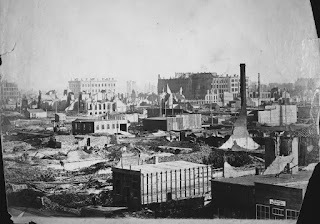Better Practices for Prevention

The aftermath of a spontaneous combustion hay fire in Cache Valley, UT. After researching spontaneous combustion hay fires I have learned a couple things that appear to be game-changers in preventing and handling hay. First, there are the age-old best practices for preventing combustion that most farmers adhere to, raking, spraying, and baling dried hay, mostly motivated by the desire to put up a nutritious crop. Second, there are due diligence efforts that can potentially prevent a fire that are rarely exhausted by farmers and possibly viewed as extreme measures. These next-level steps include manual moisture testing (not just relying on a baler reading) and multiple post-baled temperature checks. Unless a farmer is willing to apply these extra measures a spontaneous combustion hay fire may be unavoidable. Cache Valley Fire Chief, Rod Hammer, shared some insights on spontaneous combustion that he has seen while fighting agriculture crop fires. Cache Valley Utah typically sees 1-2 s



